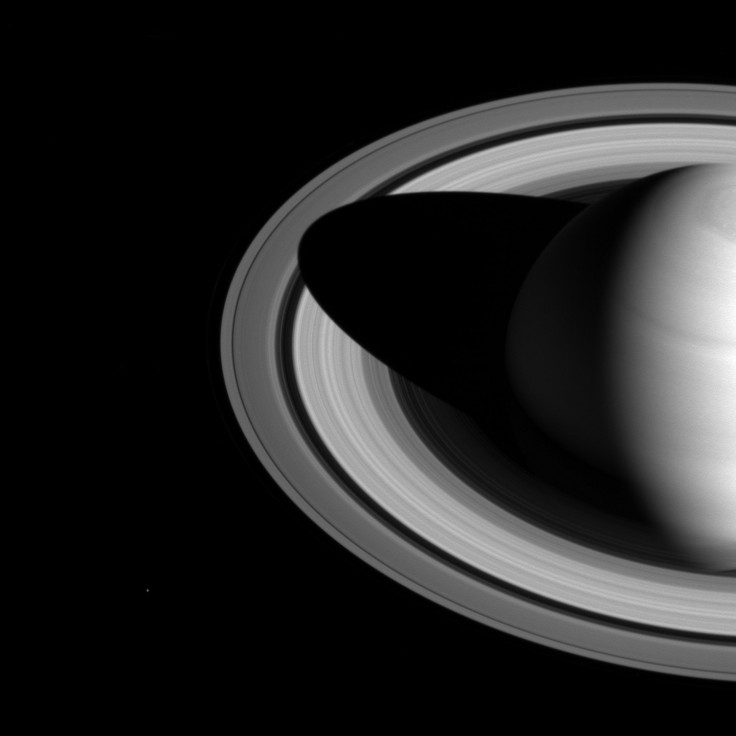June 2019 Night Sky: When To See Jupiter, Mercury, Mars And Saturn

June is about to become an interesting month for sky gazers due to the increased visibility of various planets including Jupiter, Mercury, Mars and Saturn. At certain times of the month, these planets will be clearly visible from Earth.
Jupiter, which is the fifth planet from the Sun in the Solar System, will be most prominent on June 10 as it reaches a magnitude of -2.6. The planet can be clearly viewed at around sunset using a telescope, Space.com reported.
On June 16, Jupiter will appear at about 4 degrees from the upper right of the Moon. The best time to view the planet will be at sundown toward the east-southeast horizon.
Mercury, on the other hand, has been quite visible for the first half of the month. However, from June 1 to the 15th, the planet has been losing its visibility after its magnitude dropped from -1.1 to 0.0.
Fortunately, by mid-June, the planet will become noticeable again as it becomes brighter than Mars. It can be observed above the west-northwest horizon. By June 23, Mercury’s brightness will decrease to 39 percent as it moves farther away from the Sun. At the end of the month, the planet will no longer be visible from Earth.
Although Mars has been quite prominent for some time now, the red planet will become more noticeable this month. Currently, Mars sets at around 9:30 pm ST at the west-northwest horizon.
From June 16 to the 19th, Mars will move closer to Mercury as the distance between the two planets drops from 1 degree to 0.3 degrees. By June 18, Mars will be directly below Mercury and can be observed by scanning the west-northwest horizon an hour after sundown.
As for Saturn, it is expected to make its debut on June 8 by the end of twilight. From June 18 to 19, the planet will rise with the waning gibbous phase of the Moon. Saturn will appear in the east-southeast horizon at around 1 degree from the upper left of the Moon. By midnight, the planet is expected to move directly above the Moon.
It will become more visible on July 9 as it positions itself opposite the Sun. Aside from the planet, its moon Titan can also be observed during this period using a telescope.
© Copyright IBTimes 2024. All rights reserved.





















